

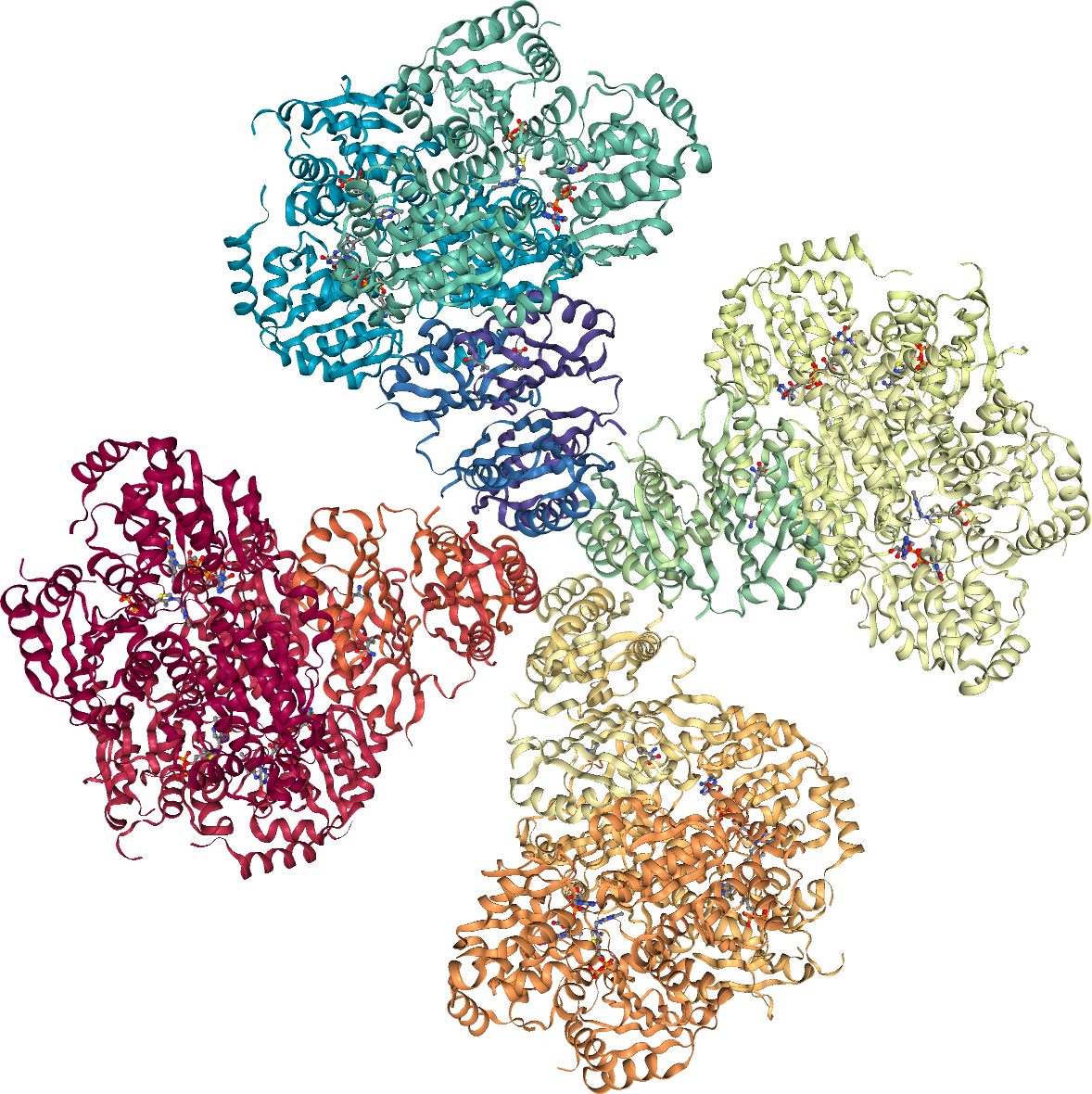
Catana can load and visualize fully atomistic structures from various formats, such as PDB and mmCIF.
Open Example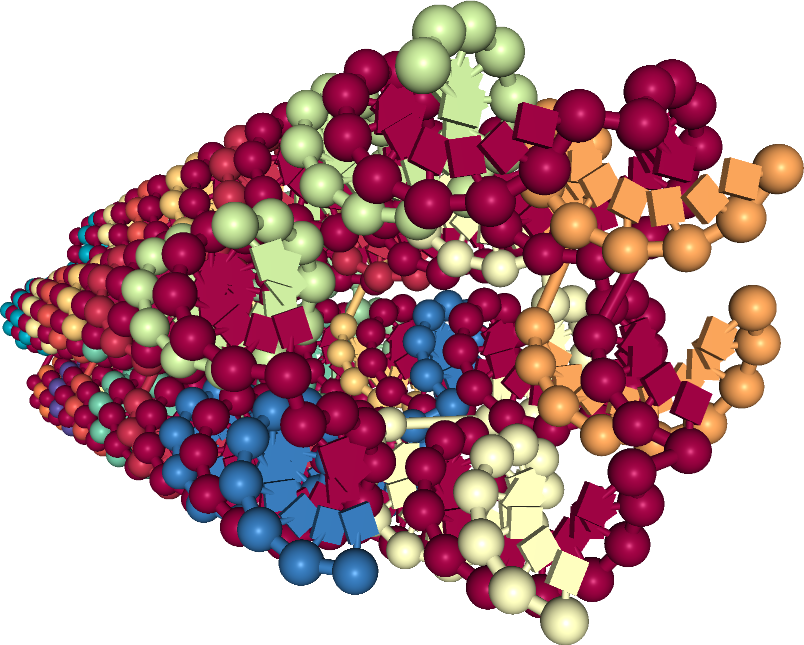
Catana allows to load and visualize coarse-grained nanostructures stored in the cadnano or UNF file formats.
Open Example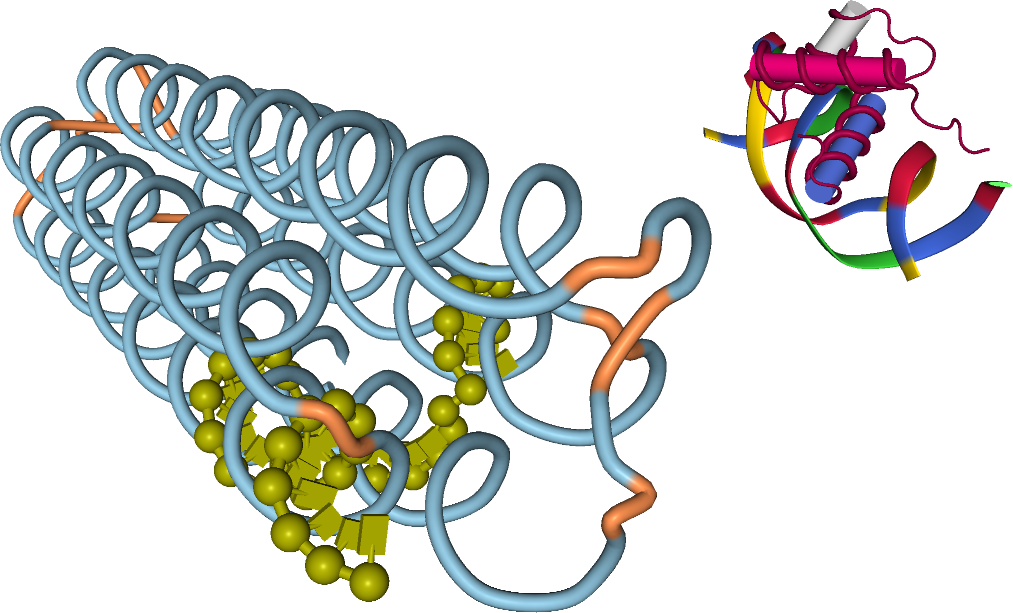
All visualizations can be adapted in various ways – using different representations, filtering out parts of the structure or using various predefined or custom color schemes.
Open Example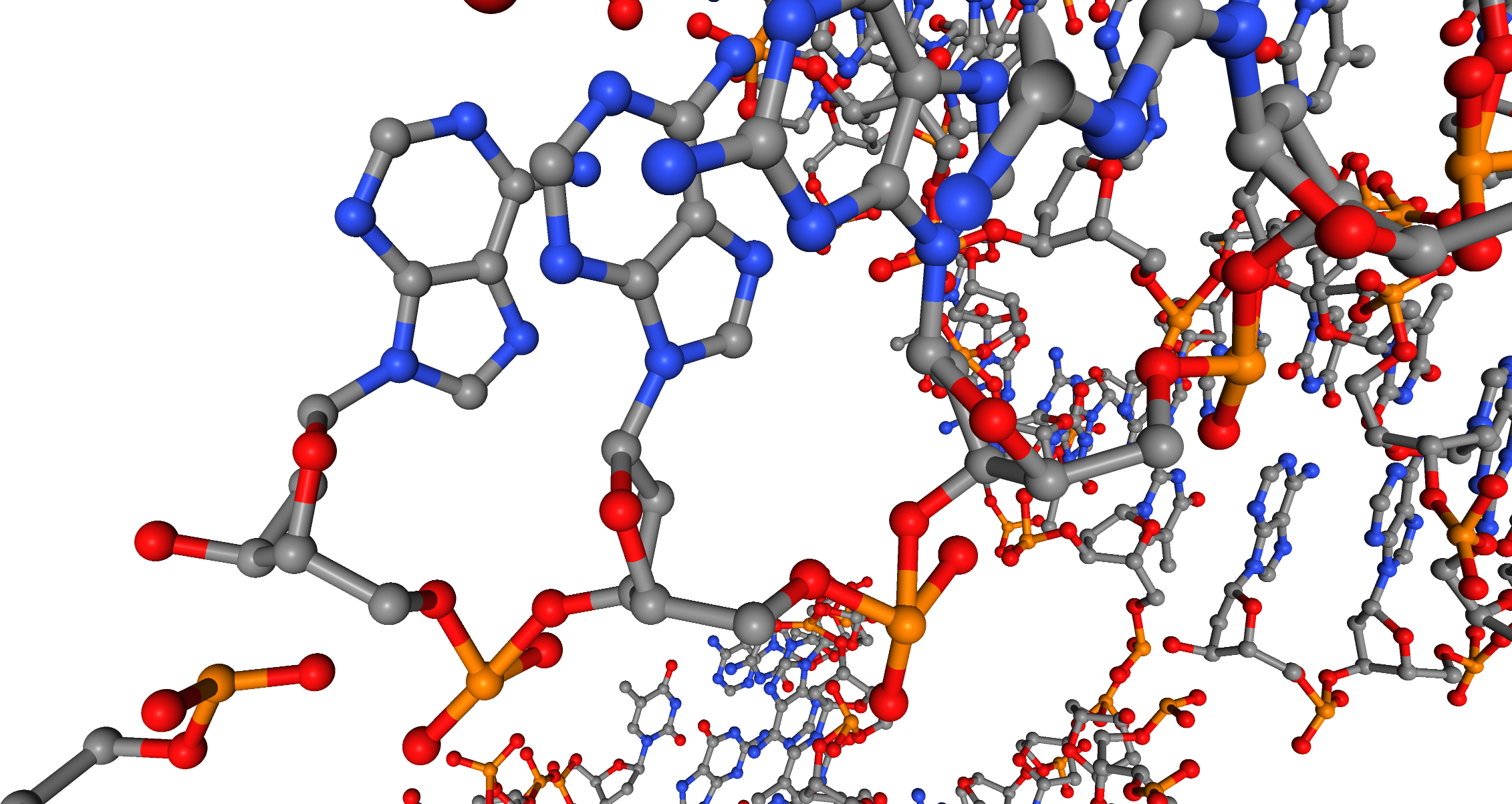
To support the transition between all-atom and coarse-grained modeling and simulations, Catana provides an atom-generation feature, working directly in the user's browser.
Open Example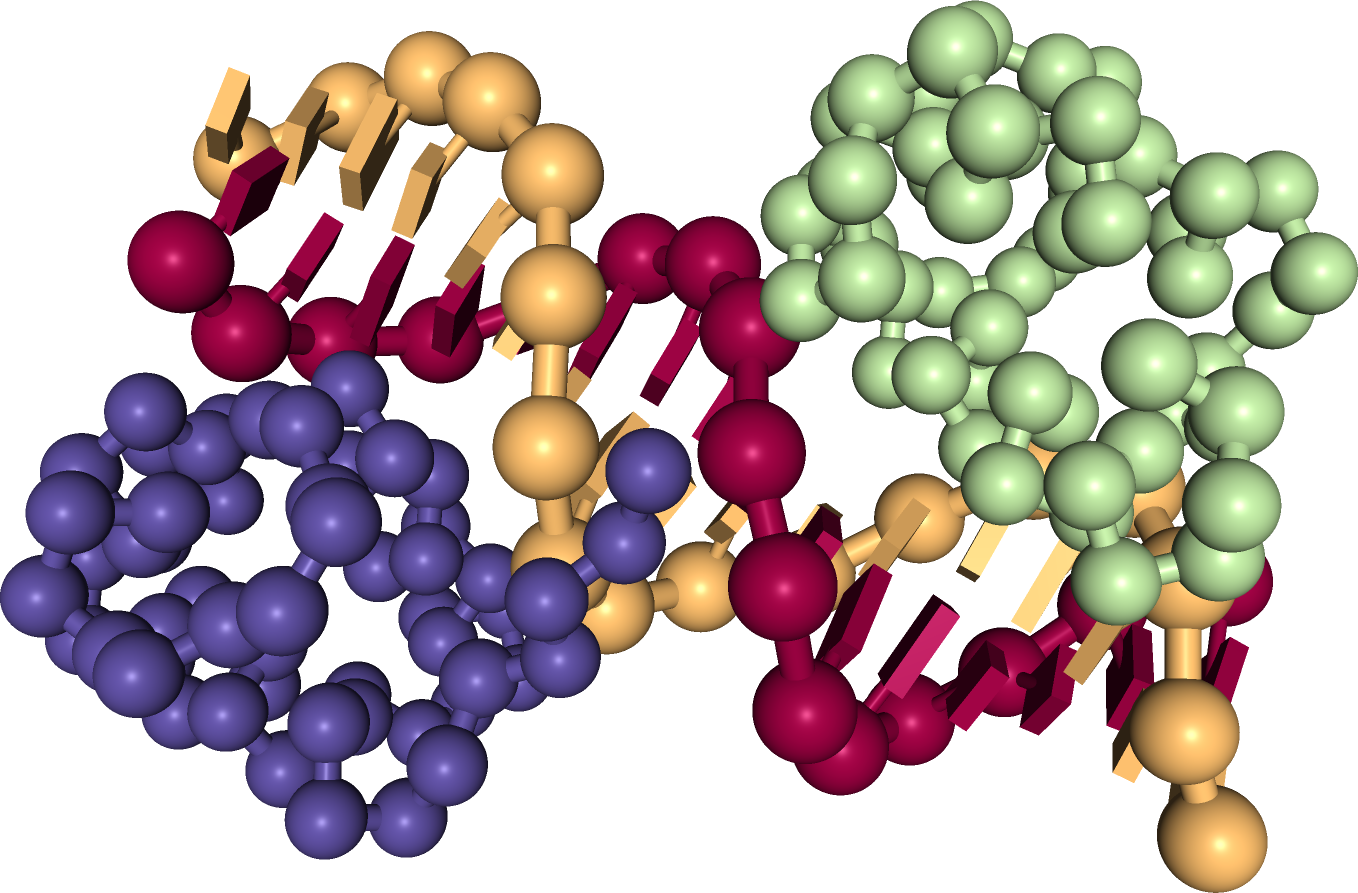
Sometimes, the users want to reduce the level of details. Catana, thus, allows the conversion from fully atomistic structures to coarse-grained ones - full compatibility based on the Unified Nanotechnology Format.
Open Example
Catana provides features allowing to generate DNA single and double strands with the desired sequence. These strands can be either free-form or designed with DNA origami lattice constraints.
Open Example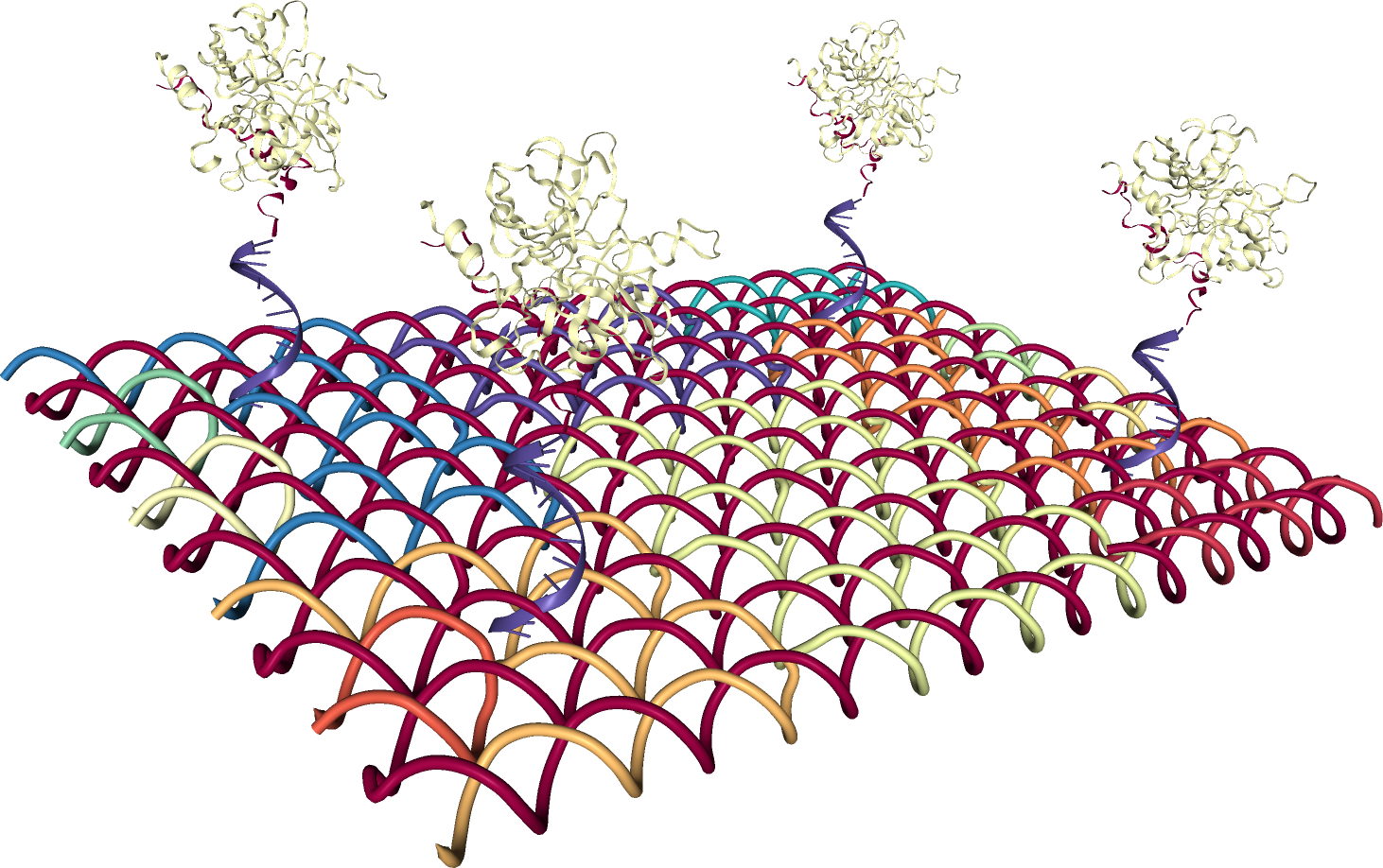
Catana is well suited for the creation of superassemblies of structures, such as functionalized DNA nanostructures. Proteins, DNA, RNA, peptides – both all-atom and coarse-grained – can be easily placed into one scene and exported in a common format.
Open Example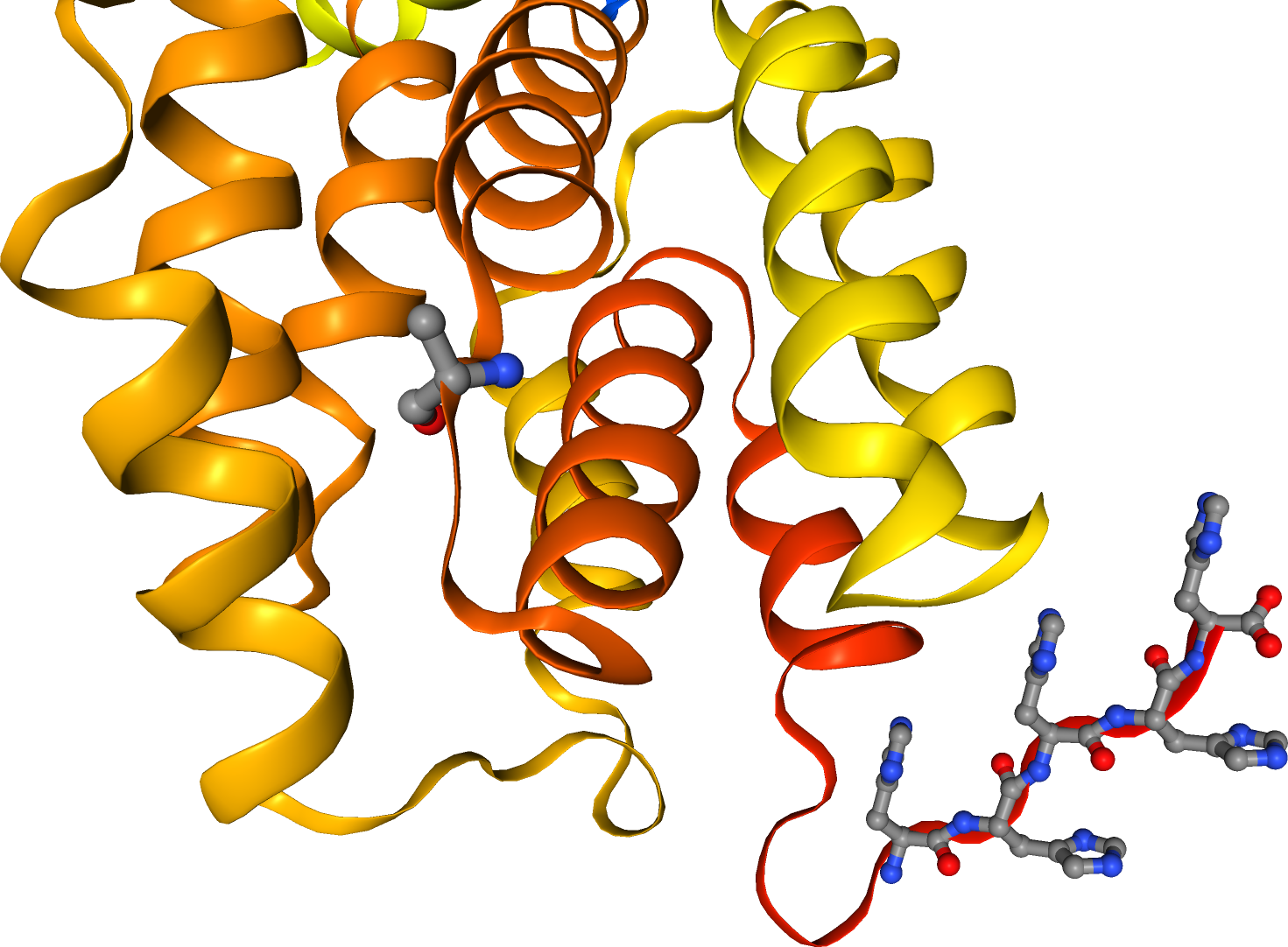
Any atomistic structure imported into Catana can be further modified and then exported as a PDB. The modifications include the removal of a part of a structure, mutations, and appending of amino acids to chains.
Open Example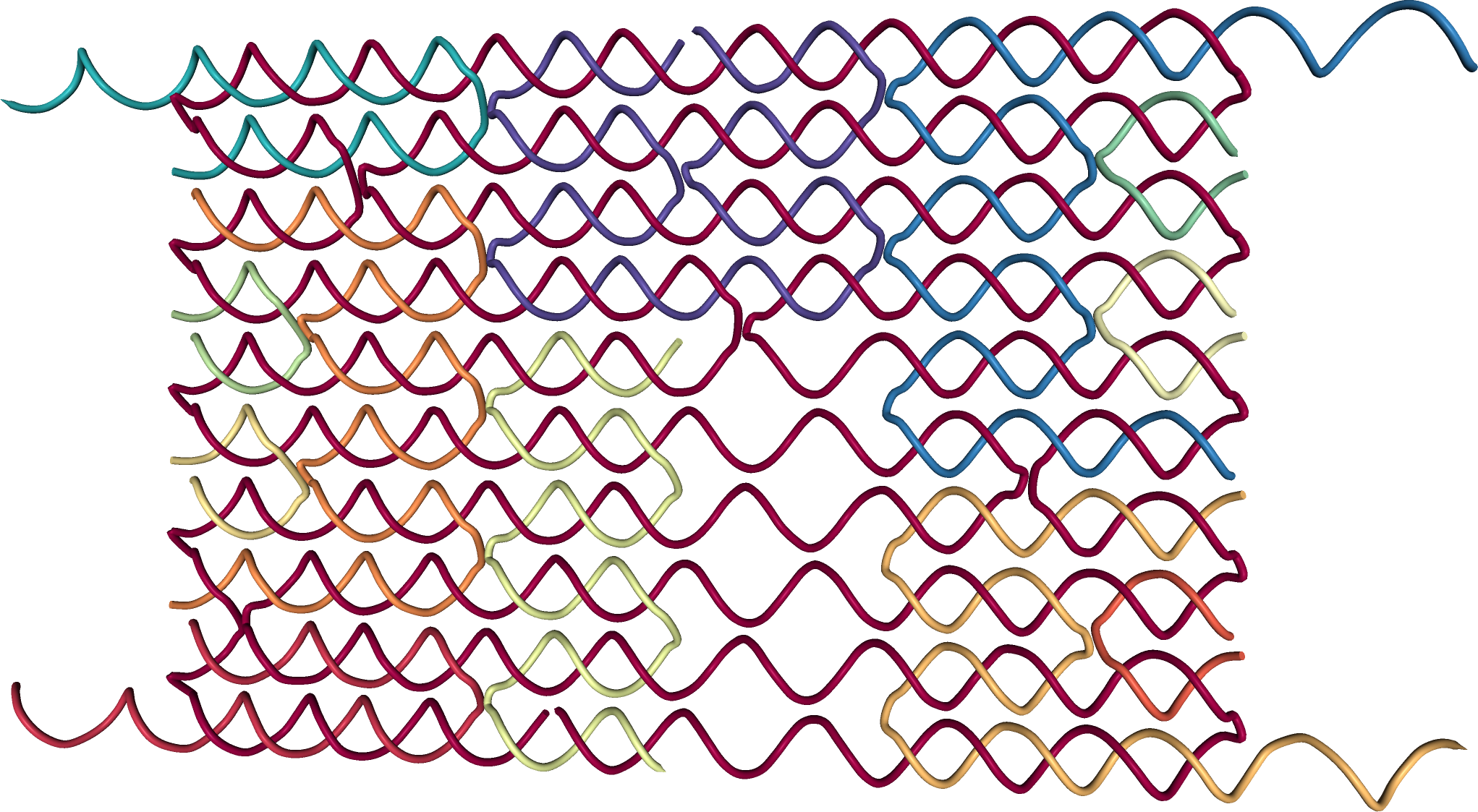
Similarly to all-atom modeling, Catana provides a set of modeling features aimed at DNA and RNA nanostructures. All core operations, such as the removal of structural parts, the creation of new connections between strands or the extension of existing strands, are supported.
Open Example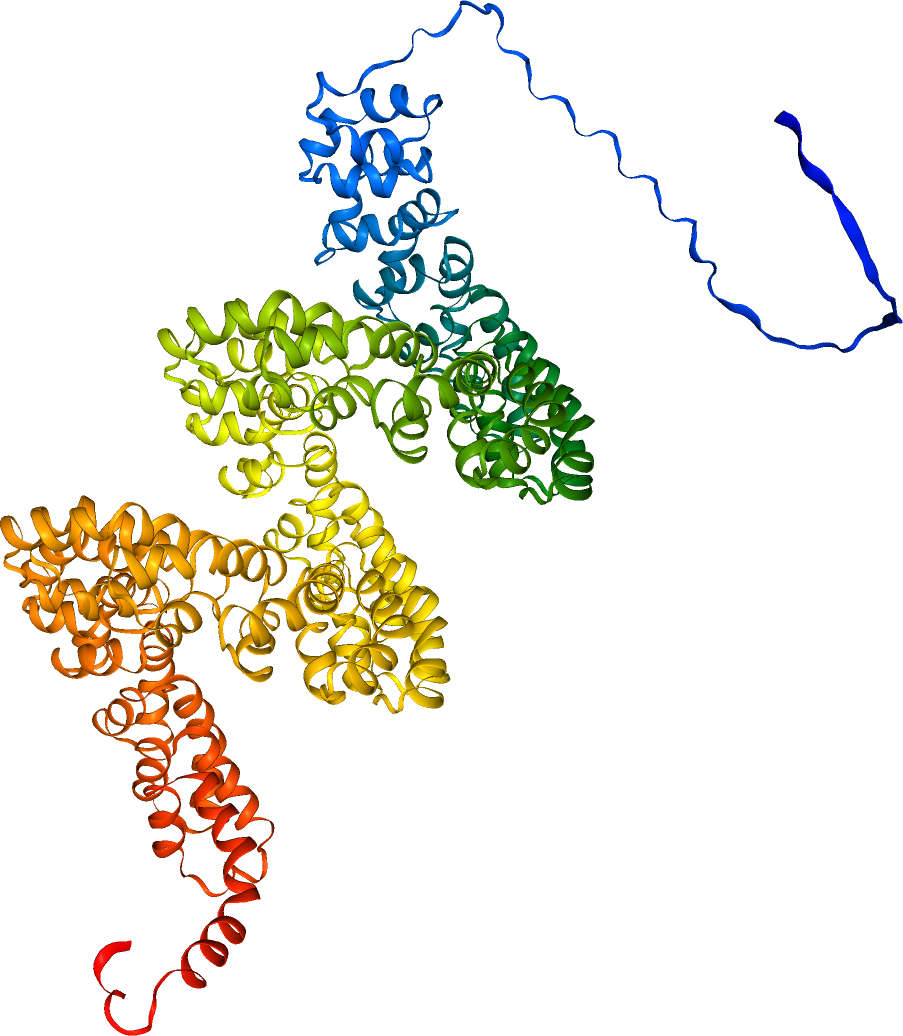
Catana comes with a full integration of the AlphaFold protein structure prediction model. Simply use the Catana interface to input the sequence and start a new job. After the prediction is finished, you can preview the resulting PDB directly in Catana.
Open Example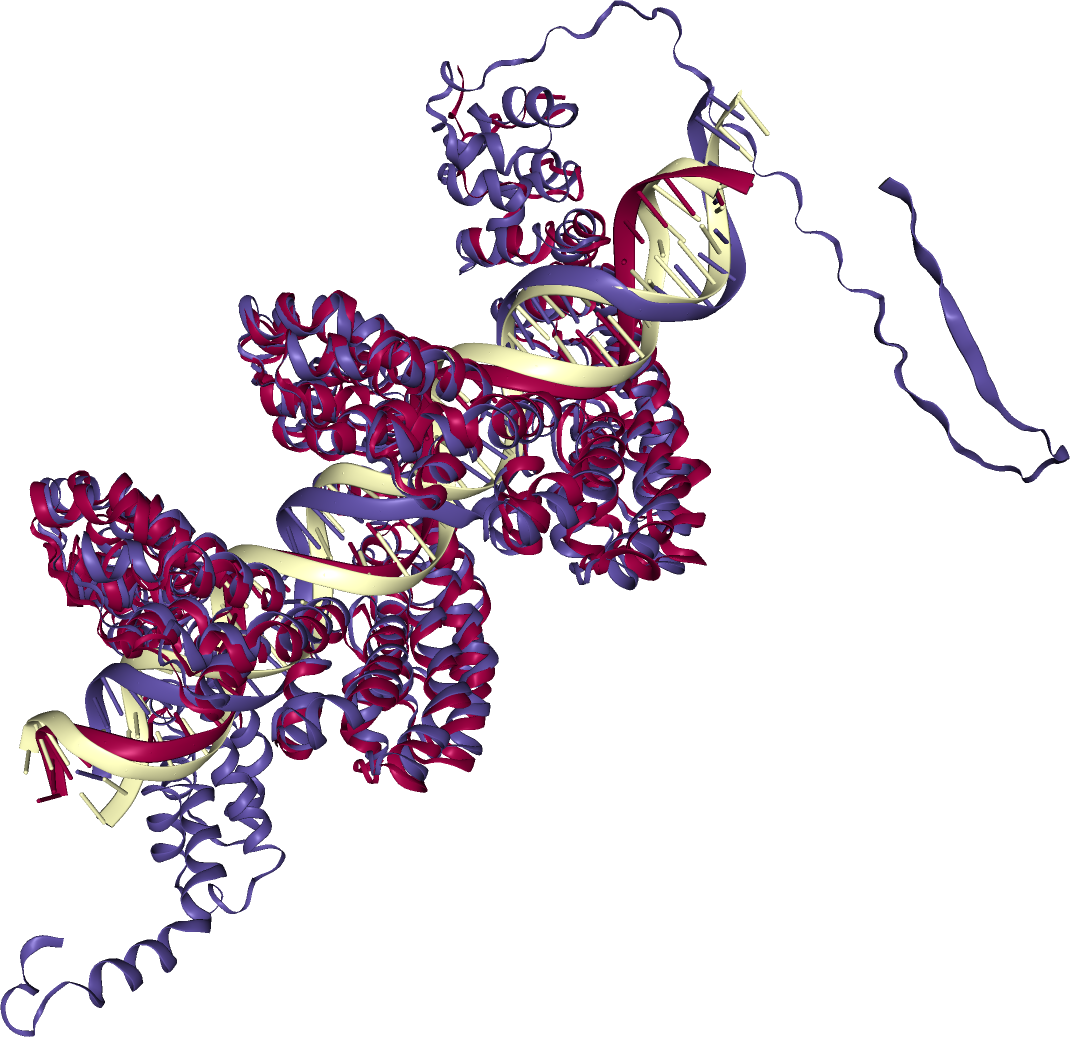
To compare the structural similarity, Catana allows superposing both all-atom and coarse-grained structures. Superposition supports both protein-based and DNA-based alignment.
Open Example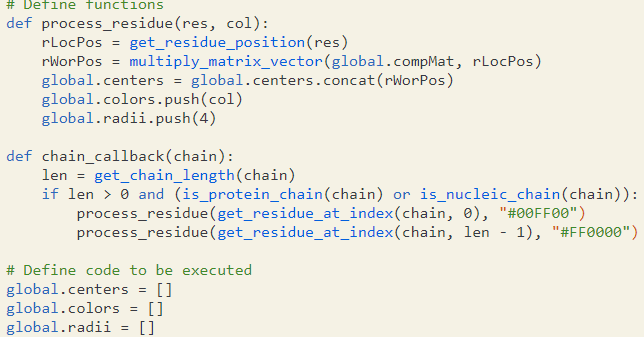
Do you prefer command-line interaction? Are you interested in extending Catana with your custom functionality? Or do you just have a need to try something new? If any of these questions seem like a clear "yes" to you, then open Catana and check out the Command-line interface layout or integrated Script Editor. There is a lot of space for fun!
Open ExampleCatana is free and open to all users and there is no login requirement. Therefore, everyone can use it
without any hesitation.
Since more users result in an additional valuable feedback, we are open for your contributions!
If you want to contribute, feel free to send a message to the following email address:
If you use Catana in your research, please cite our publication:
David Kuťák, Lucas Melo, Fabian Schroeder, Zoe Jelic-Matošević, Natalie Mutter, Branimir Bertoša, Ivan Barišić, CATANA: an online modelling environment for proteins and nucleic acid nanostructures, Nucleic Acids Research, 2022; https://doi.org/10.1093/nar/gkac350
MARILIA project website: www.mariliaproject.eu